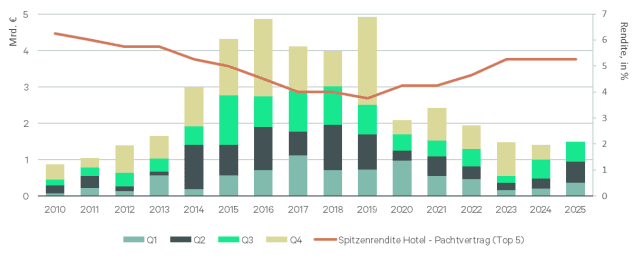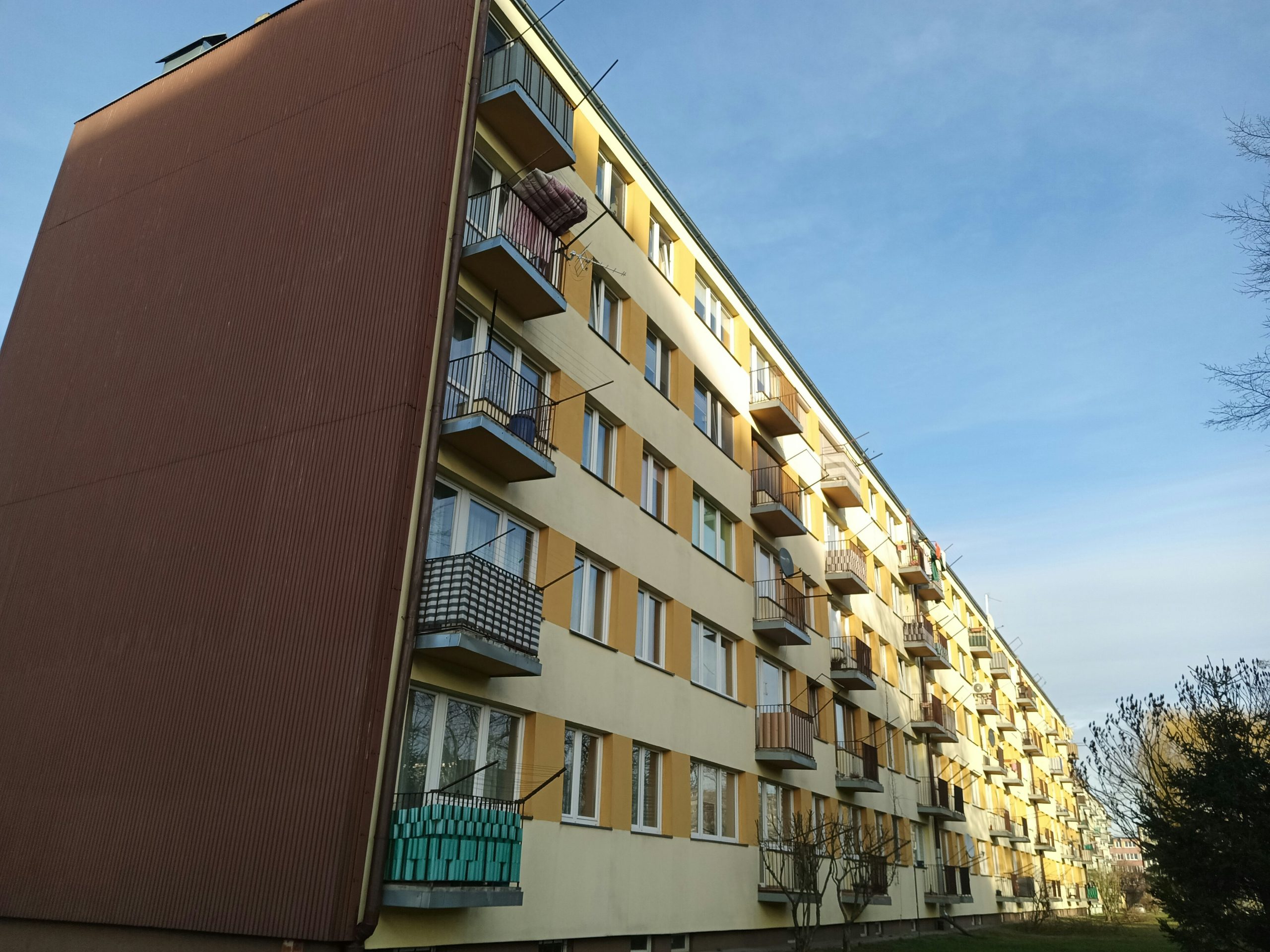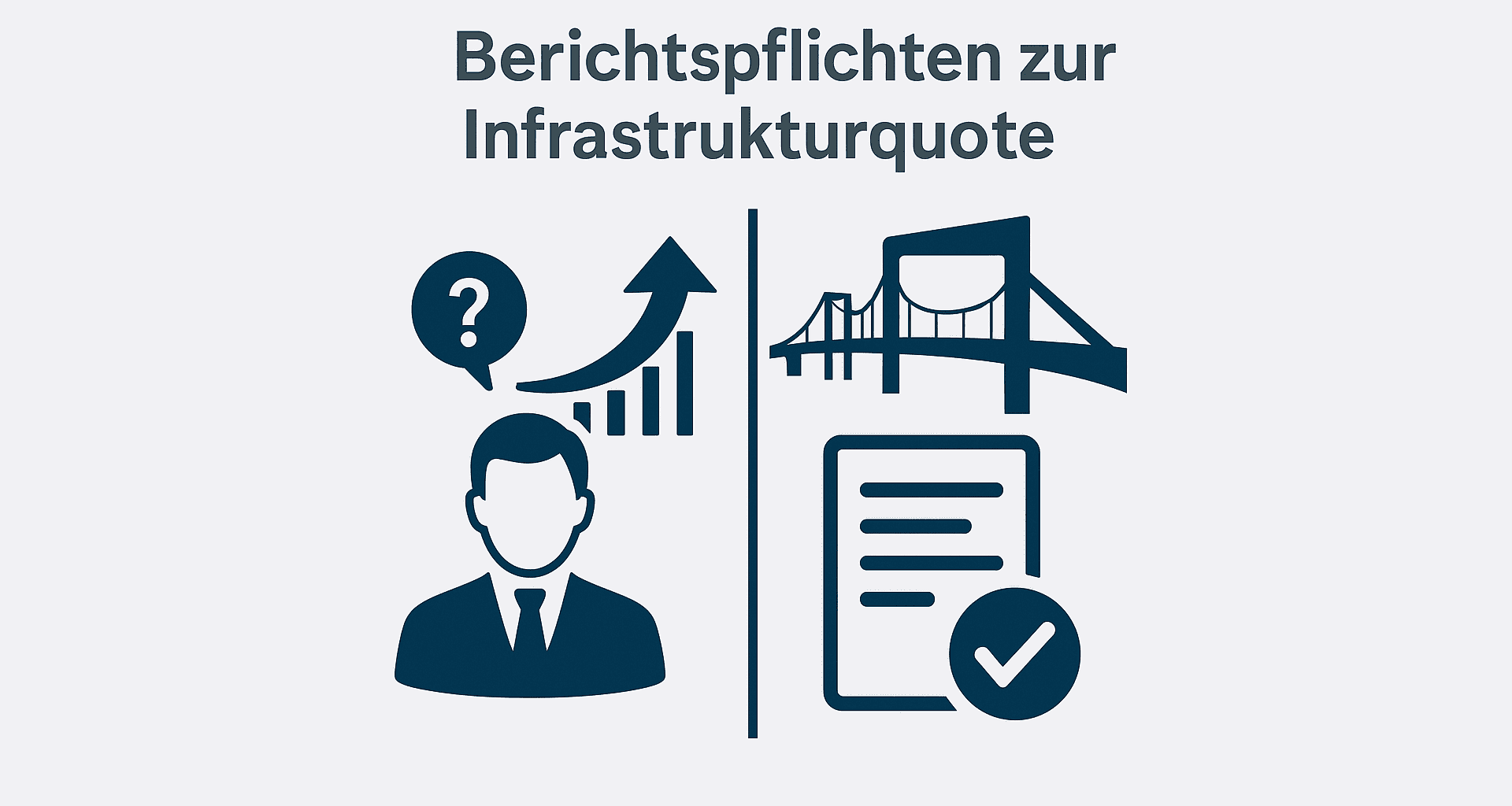The European Commission has presented its long-awaited draft for a reform of the Disclosure Regulation: It provides for a fundamental restructuring of the sustainability categories of fund products. The previous categories Article 6, Article 8 and Article 9 will be replaced by a new classification. The three new product groups are called Sustainable, Transition and ESG Basics.
Sustainable products are based on what was previously expected of Article 9, but on a much more binding basis. The majority of the portfolio, i.e. at least seventy percent, must demonstrably contribute to environmental or social goals. This contribution must be measurable and professionally verifiable. The EU taxonomy remains an important point of reference, even if it does not necessarily have to cover every item. In addition, strict exclusions apply, for example for controversial weapons, tobacco and fossil fuel activities without a promising phase-out plan.
Christian Eder, Lead of Sustainability & Consulting and Managing Director of Ypsilon Consulting GmbH & Co. KG at the Ypsilon Group, comments: “For real estate products, this means that a fund only falls into this category if its entire portfolio pursues a consistent sustainability strategy that is reflected in energy efficiency, restructuring logics and comprehensible climate targets. Individual green objects will no longer be sufficient in the future.”
New category Transition to eliminate central weakness of the current regime
The second new category is called Transition. It requires at least seventy percent of the portfolio to follow a transition plan to a significantly higher level of sustainability. This includes concrete goals, realistic timelines and verifiable progress. Christian Eder comments: “It was a central weakness of the previous system that capital was channelled into already green products, but the transition from ‘brown’ to ‘green’ was difficult to map. This is to be remedied with the new category Transition.” This category is particularly relevant for the real estate industry. “As is well known, the renovation of the real estate portfolio is a much larger field than new construction. A fund that acquires older buildings and modernises them on the basis of clearly defined renovation steps will be able to locate its strategy here in the future, provided that progress is transparently documented. The introduction of this category is therefore to be welcomed, especially from the point of view of the real estate industry.”
ESG Basics category for products without a specific sustainability target
The third category is called “ESG Basics” and forms the framework for products that systematically take ESG factors into account without pursuing a specific sustainability goal. Here, too, at least seventy percent of the portfolio must be subject to a comprehensible ESG process, such as a structured screening, a consistent rating or a defined exclusion system. Christian Eder comments: “Many funds that were previously listed under Article 8 are likely to be classified here in the future, as requirements and documentation are more clearly defined and less dependent on interpretation. For real estate funds, this means that they must present their ESG integration in a transparent and reliable manner, even if no explicit climate target is pursued.”
Draft provides for gentle transitional rules
What does the transition from the old to the new regime look like? “The Commission wants to maintain the stability of the market, which is why existing products are not automatically reclassified. Article 6, Article 8 and Article 9 funds will remain in place for the time being. Closed-end products whose portfolios can no longer be adjusted, such as many closed-end real estate funds, can be completely excluded,” explains Christian Eder.
What other changes are there? The aim of the reform is also to simplify the disclosure requirements. The previous practice of PAI (Principal Adverse Impacts) declarations at company level and the extensive website representations are to be largely eliminated. “However, this information will not be abandoned, but will be provided via the CSRD in the future, but only by companies that are actually still subject to the CSRD obligation,” Eder explains.
Ypsilon Group expects the new regime to apply in 2028
What is the next procedure and when does the new regulation have to be applied? Mandatory application of the reformed SFDR is not expected until the end of 2027 at the earliest, and more realistically from 2028. The proposal must first go through the EU legislative process, followed by a transition period of around one and a half years. During this time, the previous disclosure obligations will continue to apply. Providers and investors can thus adapt their processes, strategies and product documents step by step without creating short-term pressure to change.
The previous version of the Disclosure Regulation came into force at the beginning of 2021. “What was originally intended only as a disclosure framework has in practice developed into an informal three-tier sustainability label for fund products,” explains Eder. Article 6 stood for non-ESG-related products, Article 8 for funds with broad sustainability characteristics and Article 9 for particularly sophisticated strategies. In fact, however, there was a consistently lack of binding minimum standards, and the boundaries between the categories were so open that the market largely oriented itself towards its own interpretations.




















